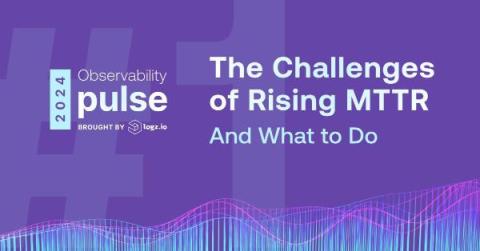Open Source vs. Closed Source Software
In software development, two primary models of software exist: open source and closed source. Both types have their benefits and drawbacks, and understanding the differences between them can help you make informed decisions when choosing software for your projects. To simplify the concepts of open source and closed source software, let’s use the analogy of community cookbooks — open source — and a secret family recipe: the closed source.











